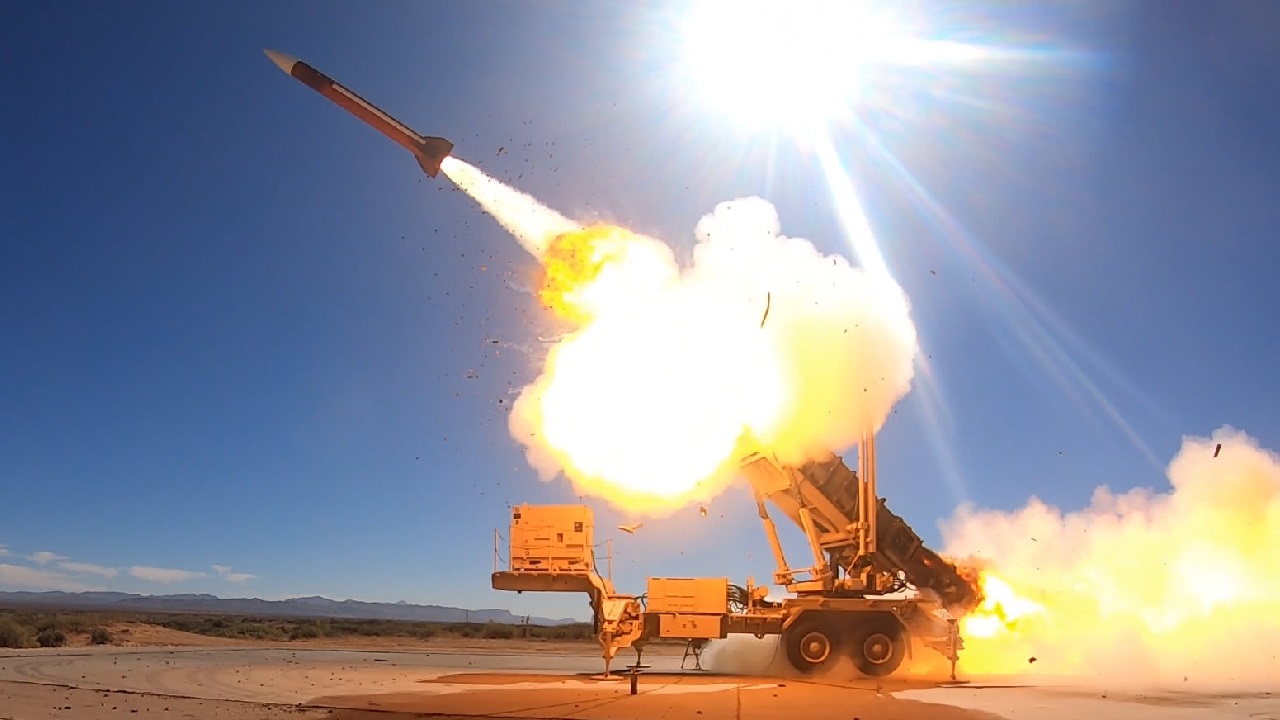Let the Battle for Kherson Begin: On day 155 of the Russian invasion of Ukraine, the Russian military is still searching for that elusive breakthrough in eastern Ukraine, while the Ukrainian forces are edging closer to Kherson.
The Ukrainians Are Coming for Kherson
In its daily estimate of the war, the British Ministry of Defense focused on the Ukrainian counteroffensive in the direction of Kherson.
Kherson is the largest and most important Ukrainian urban center that has been captured by the Russian military. It fell under suspicious circumstances on the first days of the conflict.
The former Ukrainian intelligence officer in charge of the Kherson station has been declared a traitor after he abandoned his post and didn’t destroy a key bridge that led to the city. He was later arrested in the Balkans with hundreds of thousands of dollars and diamonds on him. Since the capture of Kherson, Moscow has used the Ukrainian city as an experiment on how to roll out Russian administrative control in occupied Ukrainian territories.
“Ukraine’s counter-offensive in Kherson is gathering momentum. Their forces have highly likely established a bridgehead south of the Ingulets River, which forms the northern boundary of Russian-occupied Kherson,” the British Military Intelligence assessed.
Over the past week or so, the Ukrainian military has been lobbing missiles from its new High Mobility Artillery Rocket Systems (HIMARS) on the Antonivsky bridge that leads to the city, scoring several hits and making it almost impassable to vehicular traffic.
“Ukraine has used its new long range artillery to damage at least three of the bridges across the Dnipro River which Russia relies upon to supply the areas under its control,” the British Ministry of Defense stated.
“One of these, the 1000 metre long Antonivsky bridge near Kherson city, was damaged last week. Ukraine struck it again on 27 July 2022 and it is highly likely that the crossing is now unusable. Russia’s 49th Army is stationed on the west bank of the Dnipro River and now looks highly vulnerable.” the British Ministry of Defense added.
“Similarly, Kherson city, the most politically significant population centre occupied by Russia, is now virtually cut off from the other occupied territories. Its loss would severely undermine Russia’s attempts to paint the occupation as a success,” the British Military Intelligence assessed.
From Kherson to Dombas
The Russian forces are failing to make any significant gains in the Donbas, and it seems that the Russian military simply doesn’t have the manpower or combat capabilities (or both) to break the Ukrainian defenses.
“Russian forces appear able to sustain only two significant offensive operations in Ukraine at this time, one attempting to seize Siversk and the other advancing on Bakhmut,” the Institute for the Study of War assessed.
“Russian forces have committed enough resources to conduct near-daily ground assaults and to seize territory on these two axes but have been unable to sustain a similar offensive operational tempo or to make similar territorial gains elsewhere in Ukraine. The Russian offensivev, therefore, remains likely to culminate before seizing any other major urban areas in Ukraine,” the Institute for the Study of War added.
Russian Casualties
The rate of Russian casualties continues to be unsustainable in the long run. There is already evidence that the heavy casualties—killed and wounded—are taking a toll on the Russian military’s offensive operations in the Donbas. Moscow has to rely increasingly on mercenaries and private military companies for offensive operations because the Russian military doesn’t have the sufficient manpower.
Besides the shaky legal ground of such an approach—for example, captured mercenaries wouldn’t be protected by the Geneva Conventions—this practice has the potential to create friction within the Russian campaign.
The Ukrainian Ministry of Defense claimed that as of Thursday, Ukrainian forces have killed approximately 40,230 Russian troops (and wounded approximately thrice that number), destroyed 222 fighter, attack, and transport jets, 190 attack and transport helicopters, 1,742 tanks, 894 artillery pieces, 3,979 armored personnel carriers and infantry fighting vehicles, 258 Multiple Launch Rocket Systems (MLRS), 15 boats and cutters, 2,854 vehicles and fuel tanks, 117 anti-aircraft batteries, 729 tactical unmanned aerial systems, 75 special equipment platforms, such as bridging vehicles, and four mobile Iskander ballistic missile systems, and 174 cruise missiles shot down by the Ukrainian air defenses.
1945’s New Defense and National Security Columnist, Stavros Atlamazoglou is a seasoned defense journalist specializing in special operations, a Hellenic Army veteran (national service with the 575th Marine Battalion and Army HQ), and a Johns Hopkins University graduate. His work has been featured in Business Insider, Sandboxx, and SOFREP.

